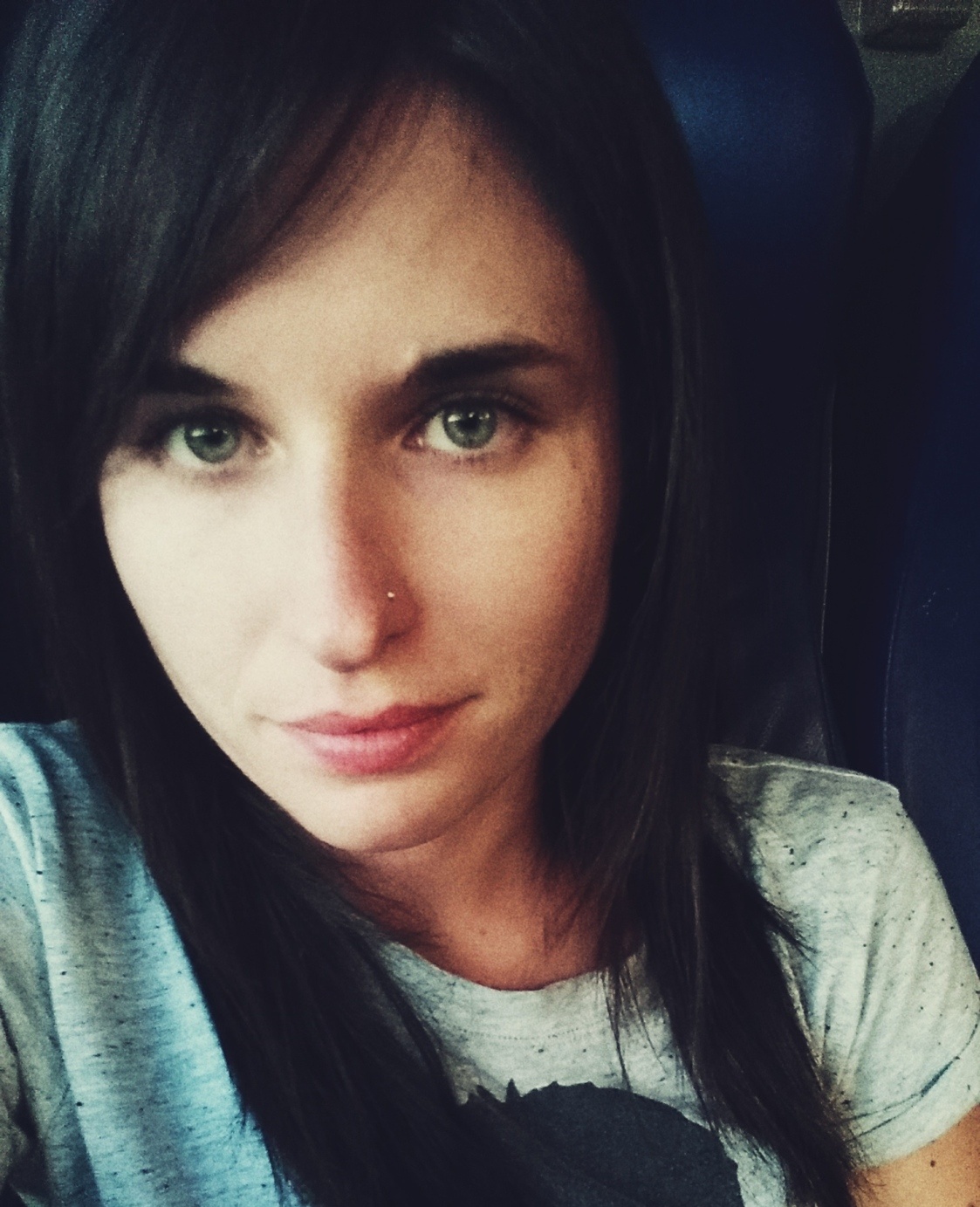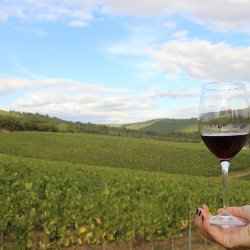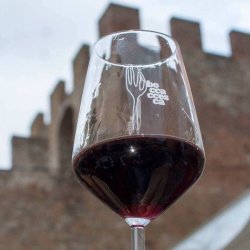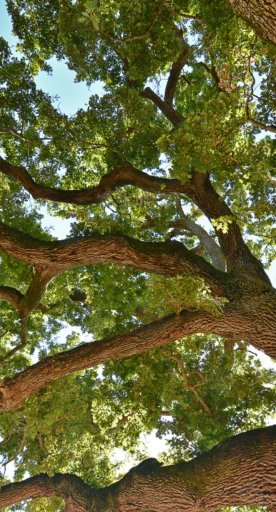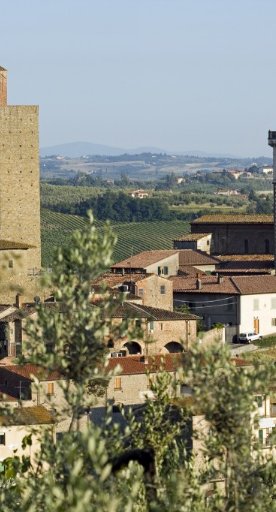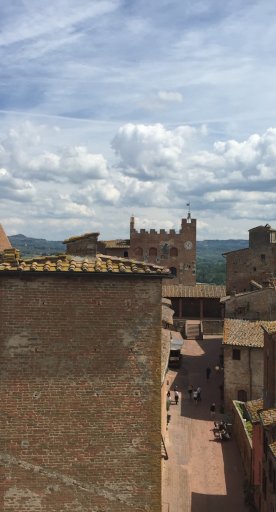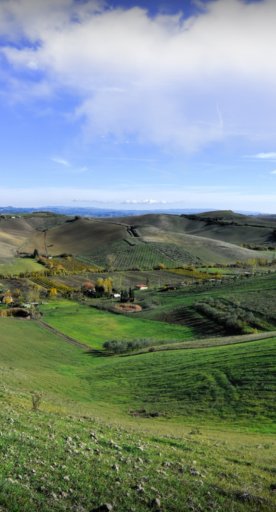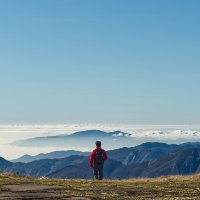
The villages of Tuscany linked to painters
An “artistic” journey, inspired by the great names in the history of painting, to the places of their first steps
Culture comes through museums, cuisine and more. Culture is also built on the legends and characters that have characterized a particular place. Tuscany, for example, has been the cradle of countless artists, writers, sculptors and musicians, who have helped shape the history and identity of this territory, and have in turn been inspired by it.
We invite you to explore Tuscany by following an “imaginary” itinerary through the villages and towns that gave birth to illustrious Tuscan painters.

We start with the “easiest”, the one even mentioned in the artist's own name: Vinci, the birthplace of Leonardo. Not only an excellent and innovative painter, but also brilliant inventor, technologist, engineer, scientist. In Vinci it is possible to visit the Home of Leonardo, the Leonardiano Museum, an important center for in-depth study of Leonardo's technical and scientific studies housed in Palazzina Uzielli and the Castle of Guidi Counts, and the Leonardo Library.
In Empoli, in the village of Pontorme to be precise, we find the house in which Jacopo Carucci known as "Il Pontormo" was born in 1494 and where he spent his youth, before moving to Florence and becoming one of the precursors of Mannerism.
The journey continues towards Vicchio, in the area of Mugello, north of Florence. This was the birthplace of Giotto, one of the greatest artists of all time, forerunner of the Renaissance and the one who introduced realistic drawing. The Giotto House Museum preserves material and testimonies about his life, as well as being a space for meetings and artistic production.
Vicchio is also the birthplace of Beato Angelico, painter, among the several works, of the Annunciation of San Giovanni Valdarno and that of Cortona.

Moving westward into Valdarno, we trace the early steps of Tommaso di Giovanni Cassai, known as Masaccio, who was born, according to tradition, at Castel San Giovanni in Altura, today San Giovanni Valdarno. Casa Masaccio, once the home of the man who would later become one of the forerunners of the Renaissance, is now a center for contemporary art.
Around 1415 in Sansepolcro, in the heart of the Valtiberina, Piero della Francesca was born. The artist, who signed himself Pietro dal Borgo, immortalized this delightful village in many of his works. Not to be missed is a visit to the Civic Museum, which houses the famous Polyptych of Mercy and the great fresco of the Resurrection, the work considered among the artist's most representative.
Not far away, in the greenest area of Valtiberina, there is a place that bears in its name a tribute to its most illustrious son. Michelangelo Buonarroti was born in Caprese on March 6, 1475 and on February 9, 1913, with a Royal Decree, to the name of Caprese was added that of Michelangelo. The Michelangelo Buonarroti Birthplace Museum is located at the Castle.

This journey through art history comes to an end on the coast, in Livorno, far from the small stone villages, with our gaze lost in the horizon and the sound of the waves in the background. Livorno gave the world of painting two fundamental figures: Amedeo Modigliani and Giovanni Fattori.
The birthplace of Amedeo Modigliani, affectionately called Dedo by people of Livorno, is located in Via Roma 38, in the center of Livorno. The building where the painter was born and lived, together with his family, preserves photographs, documents and reproductions of the artist’s works.
The wonderful Villa Mimbelli, instead, houses the Giovanni Fattori Civic Museum, where you can admire the works of Tuscan painters of the 19th and early 20th centuries, with pieces by the main representatives of Macchiaioli and Post-Macchiaioli movements.
